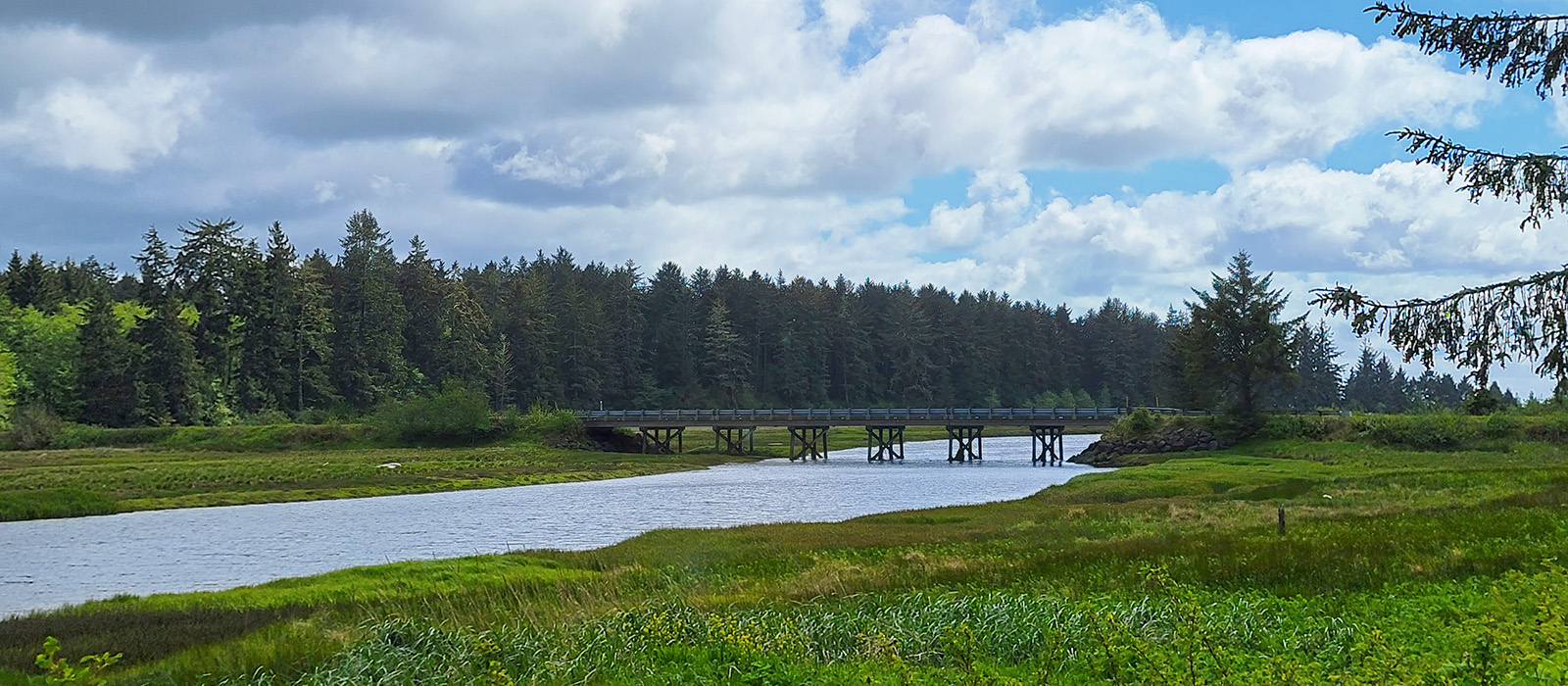The qʷidiččaʔa·tx̌ (Makah) welcome you to learn more about us.
Makah spoken history tells the story of ancient times when the Makah People, the qʷidiččaʔa·tx̌ lived in a world that revolved around the sea and land. Yet it never lets one forget the great cultural changes that brought the tribe to where it is today, a sovereign nation in its traditional homeland. Tribal members live both on and off the reservation and throughout the world practicing an intertwined contemporary and native culture. The Makah, both past and present, have demonstrated their ability to adapt, survive and flourish. Until historic times, the tribe was composed of five principal winter villages. The prehistoric population of the Makah is estimated between approximately 2,000 to 4,000 people. Today there are roughly 1,500 living in and around Neah Bay. We invite you to learn more about our tribe, history, and traditions in the pages below.
Learn More about the Makah Tribe:
The Makah Today
Today, many Makah make a living as artists. Like many indigenous cultures, the arts play an important role in daily life. Carvers sell masks to galleries, shops and individual collectors throughout the world. Many northwest coastal carvings have a distinct style found nowhere else. They depict animals which were, and still are important to Makah culture. Whales, salmon, halibut, ravens, eagles and wolves are among the most commonly used images in these designs. The carvings usually tell a story, and these stories are passed down within the family. Many tribal members are skilled woodworkers and can make nearly anything they need from the trees, which grow in the surrounding forest. While the most commonly used wood is western red cedar, artists can also be found working with alder, yew and spruce. Carvings can range in size from tiny masks made for earrings to giant, ocean going canoes and totems.
Although Makah cultural practices vary from family to family, dance and song have always been an important way for native peoples to communicate, tell stories and pass down cultural information to the next generation. This was the way most of our ancestors received the stories of their elders before written language. Songs, dances and stories are owned by specific families or individuals, meaning that they can only be performed by members of that family. At potlatches, these songs are performed by the families to reaffirm ownership and identify family members which have the right to sing them. The songs are used at weddings, naming ceremonies, memorials and other family or community celebrations.
Today, the Makah still practice their ancient heritage, teach language to children of all ages, hold dance practices and participate in canoe journeys. They continue to pass down the ancient songs of their ancestors and new songs are composed to commemorate important events in their lives.

